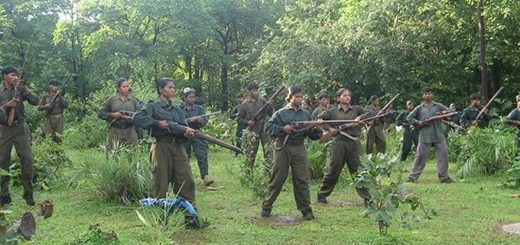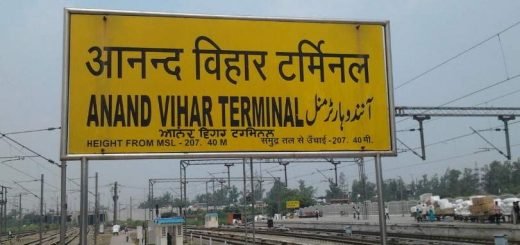No Heat Wave for next few days due to monsoon movement

Biplab Das, INN/Kolkata, @infodeaofficial
A few regions of the country received rains on Friday bringing about sub-typical most extreme temperatures, while the climate office predicted no warmth wave for coming five days and a more grounded storm over south and central India one week from now.
The national capital and close by states including Punjab, Haryana and Rajasthan received downpours during the day.
Delhi’s Safdarjung Observatory recorded 1.2 mm precipitation, while the climate stations at Ayanagar and Lodhi Road checked 21.7 mm and 0.6 mm. Winds blasting up to 50 kmph cleared across the city.
In its every day national heat wave announcement, the IMD said Kavali (Coastal Andhra Pradesh) recorded the most noteworthy greatest temperature in the country at 40.2°C.
In the interim, in its rainstorm update, the climate office said precipitation activity in central and south India is probably going to pick up pace from one week from now because of a cyclonic circulation prone to frame over the Bay of Bengal that may help the advancement of the storm, that hit Kerala on June 1.
IMD Director General Mrutunjay Mohapatra said a low weight region is probably going to frame over the Bay of Bengal and move towards Odisha one week from now.
A low weight is a cyclonic circulation and the main phase of any cyclone. Be that as it may, it isn’t necessary that each low weight increases into a cyclone.
The IMD had before predicted that the rainstorm would be postponed by four days; however cyclone Nisarga helped push the storm to reach Kerala on its typical beginning date. According to the IMD, the country all in all has received 9 percent more precipitation than the typical since June 1.
In the mean time, northern conditions of Haryana and Punjab too received downpours and their most extreme temperatures continued to stay beneath as far as possible.
In Haryana, Ambala’s greatest settled at 33.2 degrees Celsius, six notches beneath the ordinary, while Karnal recorded a high of 33 degrees Celsius, six degrees underneath the season’s normal.
Hisar’s most extreme settled at 37.1 degrees Celsius, five notches underneath the ordinary, while Narnaul enrolled a high of 34.8 degrees Celsius, eight notches beneath the typical.
Amritsar in Punjab recorded the most extreme temperature at 35.8 degrees Celsius, down five notches against ordinary cutoff points.
In the northwest, a few places in Rajasthan recorded light to direct precipitation with Barmer receiving limit of 22 mm.
Ajmer and Kota recorded 5.1 and 4.1 mm precipitation while scarcely any different places likewise received pre-rainstorm showers beneath 4 mm during the period from morning till night, according to the meteorological office in Jaipur.
Bikaner and Ganganagar recorded most extreme temperatures of 38.6 degrees Celsius each, closely followed by Churu where the day temperature touched 38.5 degrees Celsius. The day temperatures in different zones were underneath 38 degrees Celsius.
In the north east, street connectivity to the remote district of Shi-Yomi in Arunachal Pradesh snapped after a scaffold was washed away in the floods activated by incessant rains in the course of the most recent few days.
Shi-Yomi district, circumscribing China, was cut-off from the remainder of the country after the RCC connect (reinforced cement concrete) close Yapik town on the Aalo-Mechuka Road was washed away on Wednesday night.
Development of individuals and basic commodities to the remote district would be seriously affected as it is probably going to take days to reestablish the scaffold, officials stated, including that individuals going among Mechuka and Aalo were additionally left abandoned.




